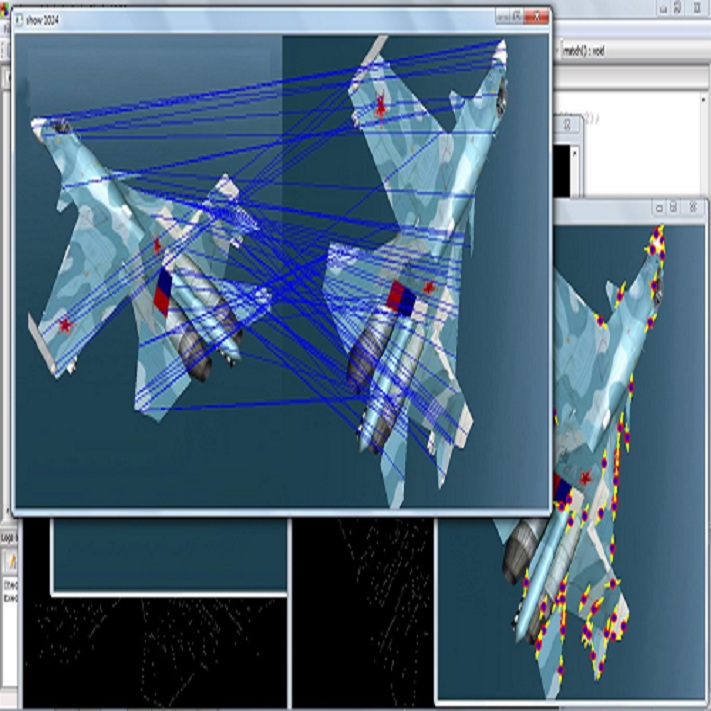We propose FlowReg, a deep learning-based framework for unsupervised image registration for neuroimaging applications. The system is composed of two architectures that are trained sequentially: FlowReg-A which affinely corrects for gross differences between moving and fixed volumes in 3D followed by FlowReg-O which performs pixel-wise deformations on a slice-by-slice basis for fine tuning in 2D. The affine network regresses the 3D affine matrix based on a correlation loss function that enforces global similarity. The deformable network operates on 2D image slices based on the optical flow network FlowNet-Simple but with three loss components. The photometric loss minimizes pixel intensity differences differences, the smoothness loss encourages similar magnitudes between neighbouring vectors, and a correlation loss that is used to maintain the intensity similarity between fixed and moving image slices. The proposed method is compared to four open source registration techniques ANTs, Demons, SE, and Voxelmorph. In total, 4643 FLAIR MR imaging volumes are used from dementia and vascular disease cohorts, acquired from over 60 international centres with varying acquisition parameters. A battery of quantitative novel registration validation metrics are proposed that focus on the structural integrity of tissues, spatial alignment, and intensity similarity. Experimental results show FlowReg (FlowReg-A+O) performs better than iterative-based registration algorithms for intensity and spatial alignment metrics with a Pixelwise Agreement of 0.65, correlation coefficient of 0.80, and Mutual Information of 0.29. Among the deep learning frameworks, FlowReg-A or FlowReg-A+O provided the highest performance over all but one of the metrics. Results show that FlowReg is able to obtain high intensity and spatial similarity while maintaining the shape and structure of anatomy and pathology.
翻译:系统由经过连续培训的两个结构组成:流程-A,该结构对3D移动量和固定量之间的总差异进行了近似纠正,其次是流程-O,在切片和移动图像切片之间进行微调时进行等离子变形。 松动网络根据相关递增递减功能,将3D 平方根基矩阵递减为3D 平方基,这可以加强全球的相似性。基于光流流流流流网络的2D 图像切片运行变形网络,但具有三个损失组成部分。光度损失最大限度地缩小了3D移动量和固定体与固定体与移动图像切片之间的总差异。拟议方法与四种开放源注册技术相比,可以获取全方位的Senteria、Demond、SE和Voxelformormation。总计,4643 FLIRM 成像量量数量量数量,这是从O的更深层、更精确的注册中心、更接近的ILA 和血管变动的A 显示系统变异性结构结构变异性结构结构结构结构结构。



